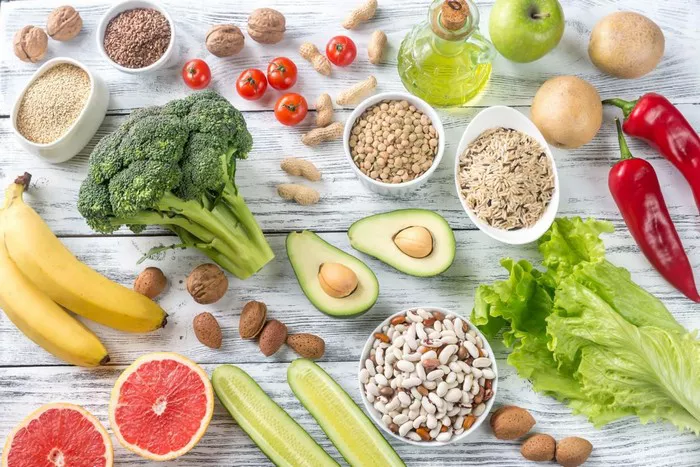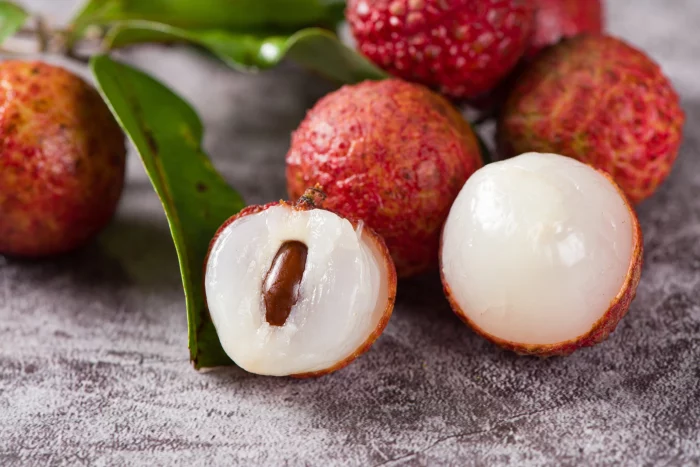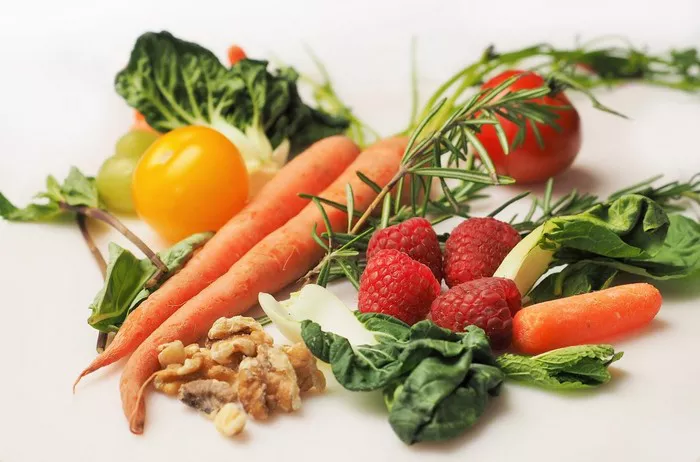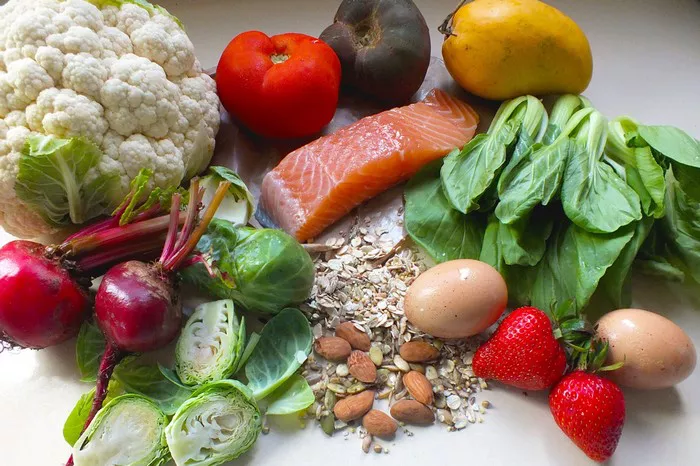In recent years, there has been a surge in the popularity of plant-based diets. People are becoming more conscious of their food choices and are opting for healthier, sustainable alternatives. One concern often raised regarding plant-based diets is whether they provide enough protein. While it is true that animal products are rich sources of protein, there are several vegetables that can also pack a protein punch. In this article, we will explore a variety of vegetables that are not only delicious and nutritious but also excellent sources of plant-based protein.
The Protein Powerhouses
Lentils: Lentils are a versatile legume that boasts an impressive protein content. They contain approximately 18 grams of protein per cooked cup, making them a fantastic addition to any vegetarian or vegan meal. Lentils are also high in fiber, iron, and folate, providing additional health benefits.
Chickpeas
Chickpeas, also known as garbanzo beans, are a staple in many cuisines around the world. They contain around 15 grams of protein per cooked cup. Chickpeas are not only a great source of protein but also provide essential nutrients like fiber, iron, and manganese. They can be used in salads, soups, stews, or even roasted as a crunchy snack.
Quinoa
Quinoa is a grain-like seed that is often referred to as a complete protein source because it contains all nine essential amino acids. With approximately 8 grams of protein per cooked cup, quinoa is an excellent choice for individuals following a plant-based diet. It is also a good source of fiber, magnesium, and antioxidants.
Spinach
Spinach may be known for its iron content, but it is also a surprisingly good source of protein. With approximately 5 grams of protein per cooked cup, spinach can be a valuable addition to your meals. Additionally, spinach is rich in vitamins A, C, and K, as well as other essential minerals.
Broccoli
Broccoli is not only a nutrient powerhouse but also contains a decent amount of protein. With around 3 grams of protein per cooked cup, broccoli is a versatile vegetable that can be enjoyed in stir-fries, salads, or simply steamed. It is also packed with vitamins C and K, fiber, and various antioxidants.
Edamame
Edamame, young soybeans, are not only a tasty snack but also an excellent source of plant-based protein. With approximately 17 grams of protein per cooked cup, edamame provides a substantial protein boost. It is also rich in fiber, folate, and vitamin K. Edamame can be enjoyed on its own, added to salads, or used as a protein-rich ingredient in various dishes.
Peas
Peas may be small, but they are mighty when it comes to protein content. With around 8 grams of protein per cooked cup, peas are an excellent choice for adding plant-based protein to your meals. They are also high in fiber, vitamin C, vitamin A, and various antioxidants. Peas can be enjoyed fresh, steamed, or added to soups, stews, and salads.
Incorporating Protein-Packed Vegetables into Your Diet
Now that we have explored some of the top vegetable sources of protein, let’s discuss how you can incorporate them into your diet:
Vegetable Stir-Fries: Whip up a delicious stir-fry using a combination of protein-packed vegetables like lentils, chickpeas, broccoli, and spinach. Add your favorite seasonings and sauces for a flavorful and satisfying meal.
Salads: Create vibrant salads by adding protein-rich vegetables like quinoa, chickpeas, peas, and edamame. Combine them with fresh greens, colorful vegetables, and a tasty dressing for a nutritious and filling salad.
Soups and Stews: Enhance the protein content of your soups and stews by adding lentils, chickpeas, or edamame. These legumes not only provide a protein boost but also add texture and flavor to your dishes.
Vegetable-based Burgers: Try making your own plant-based burgers using ingredients like lentils, chickpeas, or quinoa. These burgers can be a delicious and nutritious alternative to traditional meat burgers.
Snacks: Enjoy roasted chickpeas or edamame as a protein-rich snack. They are crunchy, flavorful, and provide a satisfying boost of protein between meals.
Balancing Protein with Other Nutrients
While incorporating protein-packed vegetables into your diet is a great way to boost your plant-based protein intake, it’s essential to balance it with other vital nutrients. Here are a few tips to ensure a well-rounded diet:
Variety is Key: Include a wide range of vegetables, fruits, whole grains, and legumes in your diet to ensure you receive a diverse array of nutrients.
Combine Protein Sources: While individual vegetables may not contain all the essential amino acids, combining different plant-based protein sources throughout the day can provide a complete protein profile.
Don’t Forget Healthy Fats: Incorporate sources of healthy fats like nuts, seeds, avocados, and olive oil into your meals to provide satiety and promote nutrient absorption.
A Rainbow of Colors: Aim to consume fruits and vegetables of different colors to ensure a variety of vitamins, minerals, and antioxidants in your diet.
Conclusion
When it comes to protein, vegetables can be a valuable asset to a plant-based diet. Lentils, chickpeas, quinoa, spinach, broccoli, edamame, and peas are just a few examples of protein-packed vegetables that offer a host of additional health benefits. By incorporating these vegetables into your meals, you can enjoy the nutritional benefits of plant-based protein while embracing a more sustainable and environmentally friendly approach to eating. So, go ahead and explore the world of vegetable protein powerhouses to elevate your plant-based culinary journey.





















